Guitar riffs that defined an era
The electric guitar has been the backbone of rock music since its birth, and at the heart of many great songs lies a memorable riff. These catchy sequences of notes and chords are often the first thing that comes to mind when we think of a song.
From classic rock to modern hits, guitar riffs have defined generations, resonating across different eras and genres. Let’s dive into the world of iconic guitar riffs and explore their impact on music history.
Chuck Berry’s “Johnny B. Goode”: The Pioneer of Rock and Roll
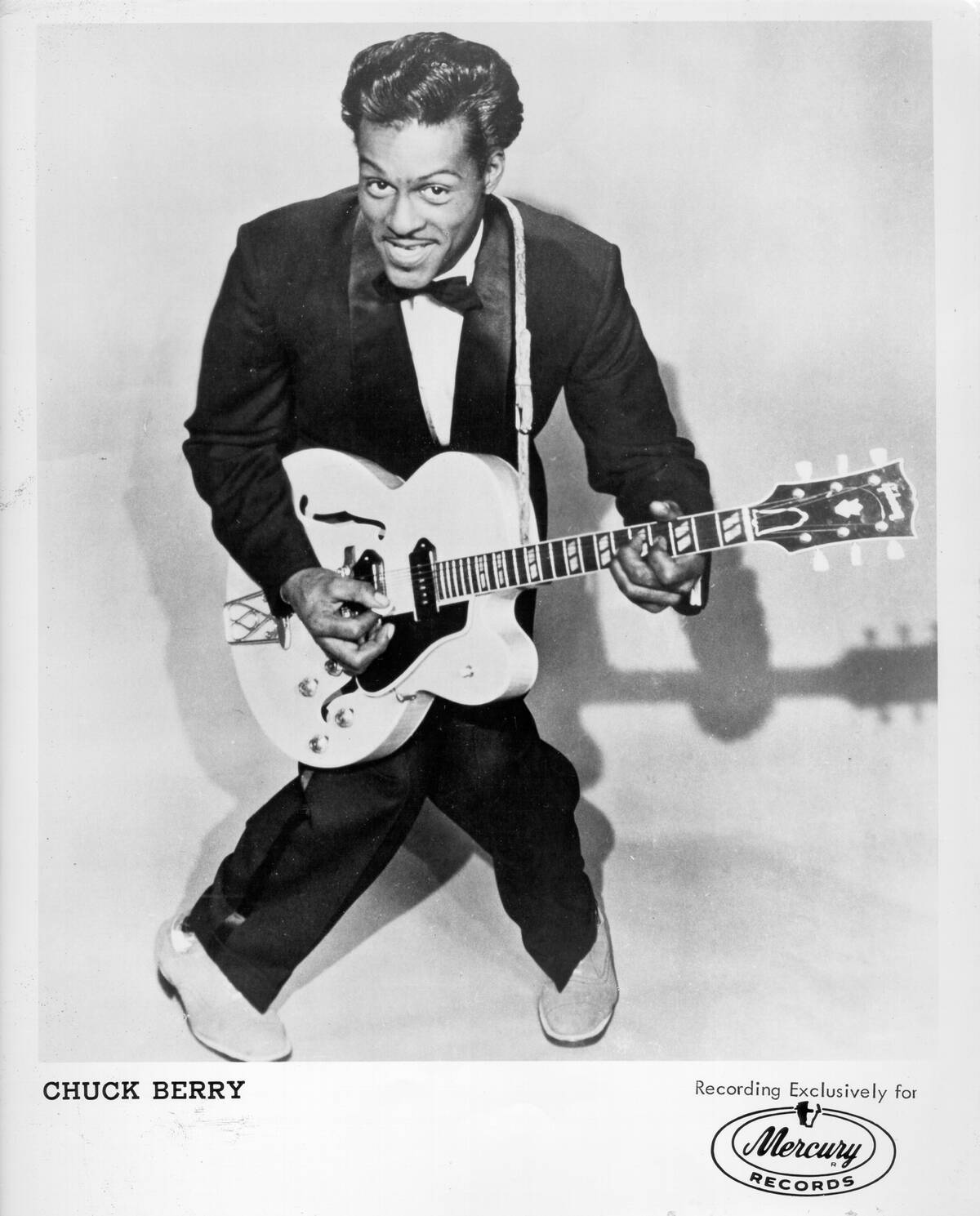
Chuck Berry’s “Johnny B. Goode” is often hailed as one of the most iconic rock and roll songs of all time. Released in 1958, the song’s opening riff is instantly recognizable and has become a symbol of the genre itself.
Berry’s innovative use of double stops and bluesy bends set a new standard for guitarists, influencing countless musicians who followed. The song’s energetic riff captured the spirit of rock and roll and solidified Berry’s place in music history.
The Rolling Stones’ “Satisfaction”: Capturing the Spirit of the 60s
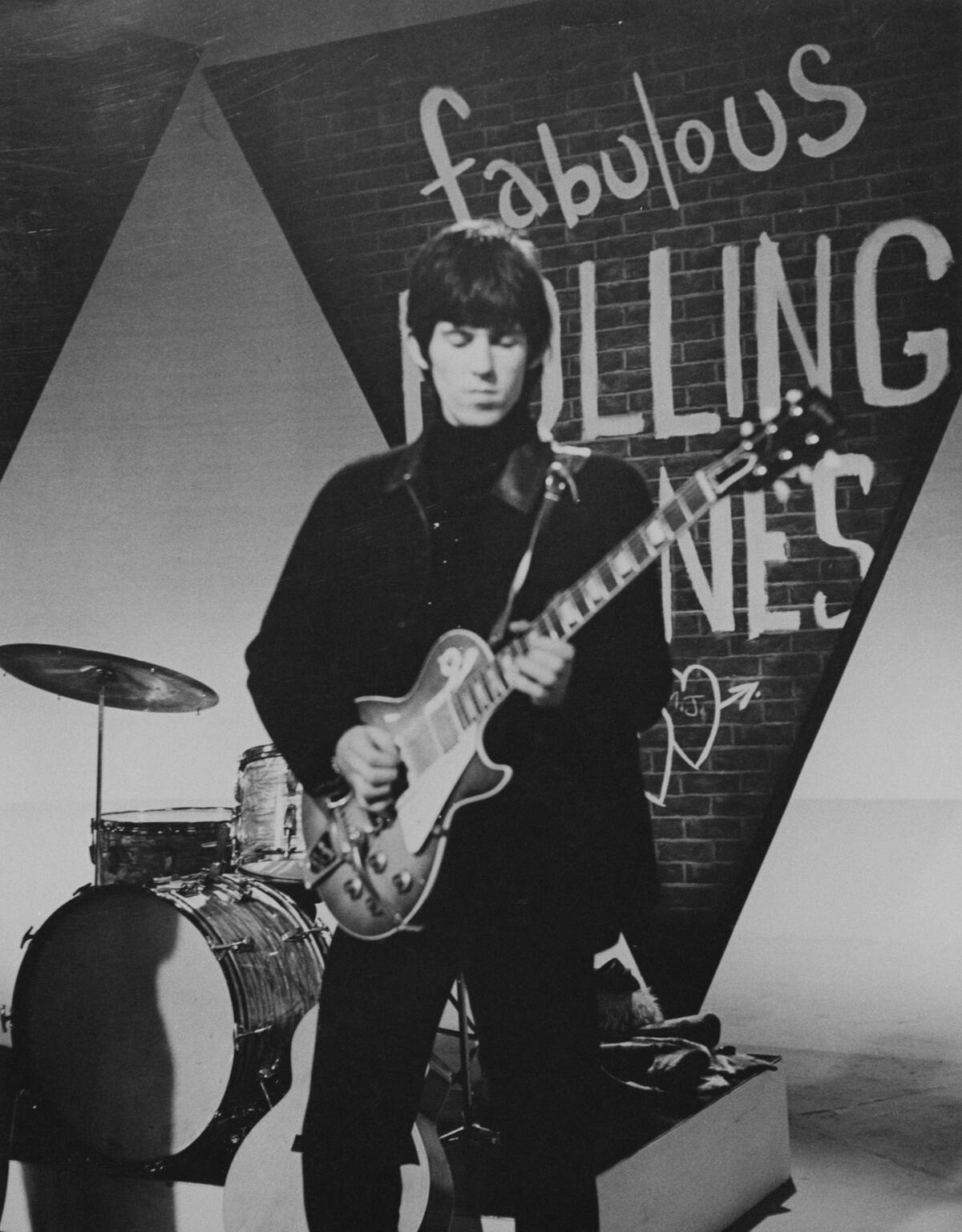
In 1965, The Rolling Stones released “(I Can’t Get No) Satisfaction,” featuring one of the most famous guitar riffs ever composed. Keith Richards came up with the riff in his sleep, and it became the defining sound of the era.
Its fuzz-laden tone and catchy hook perfectly encapsulated the rebellious spirit of the 60s. The song’s success marked a turning point for the Stones, propelling them to international stardom and solidifying their status as rock icons.
Jimi Hendrix’s “Purple Haze”: A Psychedelic Revolution
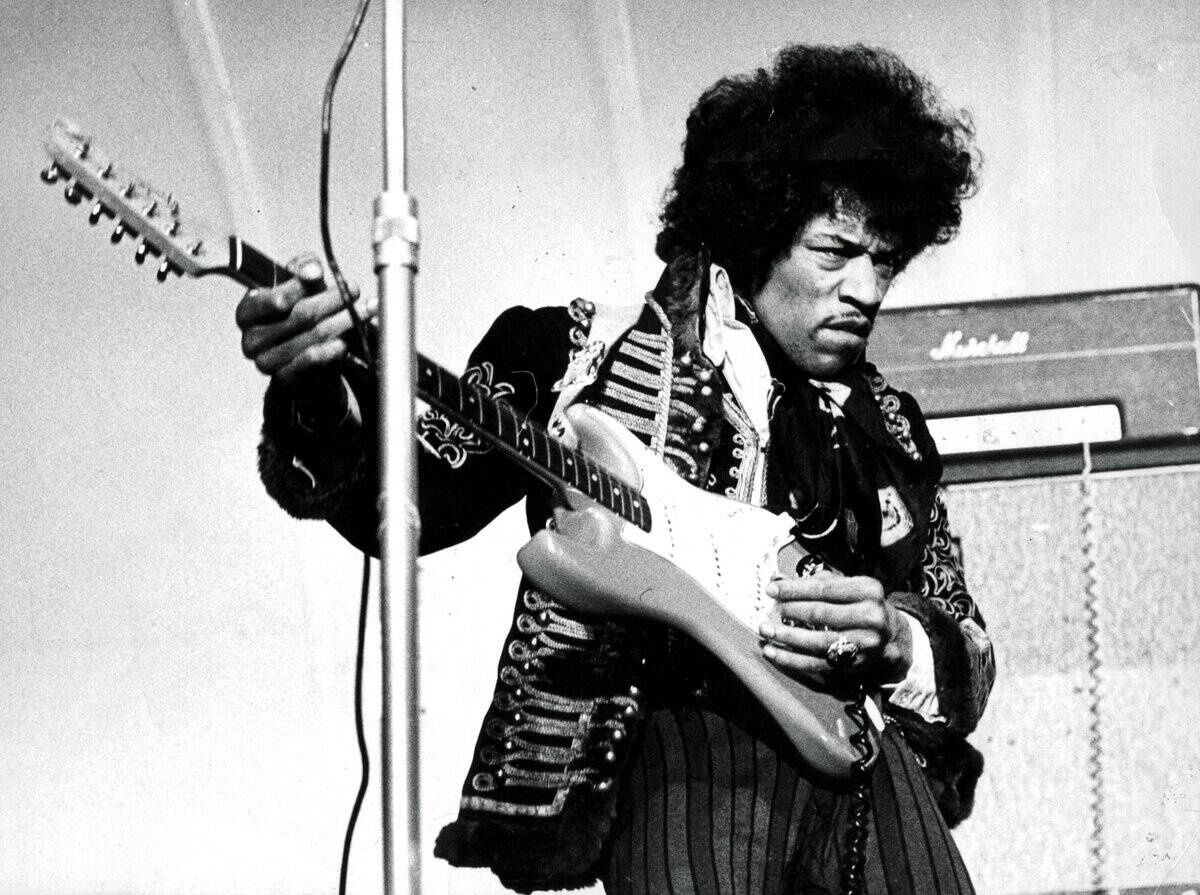
Jimi Hendrix’s “Purple Haze,” released in 1967, introduced the world to his revolutionary guitar style. The song’s opening riff, with its tritone interval, creates a sense of unease and mystery that captivated listeners.
Hendrix’s pioneering use of distortion and feedback pushed the boundaries of what was possible on the electric guitar. “Purple Haze” became an anthem of the psychedelic era, showcasing Hendrix’s unparalleled creativity and technical prowess.
Led Zeppelin’s “Whole Lotta Love”: The Rise of Heavy Metal
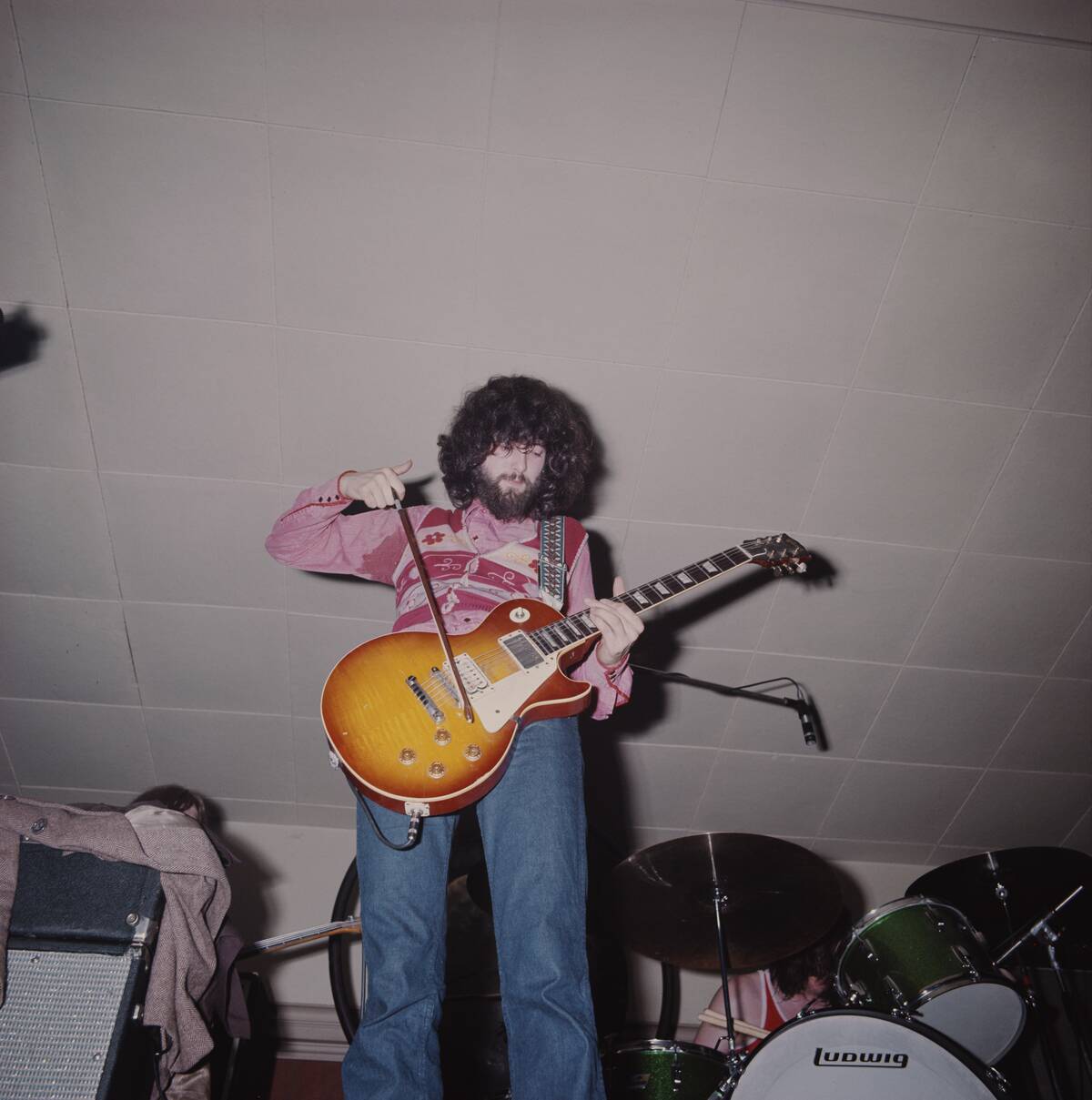
Led Zeppelin’s “Whole Lotta Love,” released in 1969, is often credited with paving the way for heavy metal. The song’s thunderous riff, played by Jimmy Page, combined blues influences with a heavier, more aggressive sound.
Its driving rhythm and powerful guitar work set the stage for the emergence of early heavy metal in the 1970s. “Whole Lotta Love” remains one of Led Zeppelin’s most enduring hits, continuing to inspire generations of rock musicians.
Deep Purple’s “Smoke on the Water”: An Anthem of the 70s
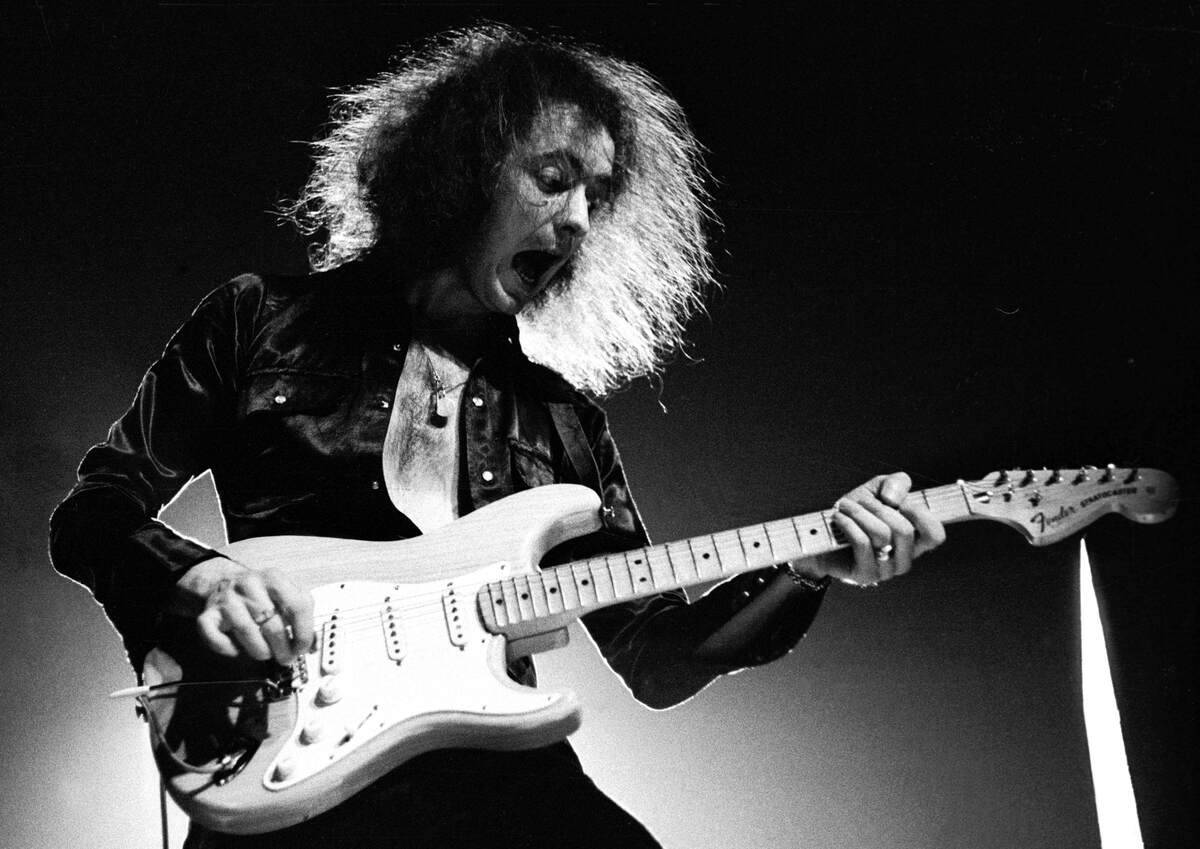
Deep Purple’s “Smoke on the Water,” released in 1973, features a riff that is often one of the first learned by aspiring guitarists. Inspired by a real-life event, the song’s iconic riff is built on a simple yet powerful four-note pattern.
The track became an anthem of the 70s, embodying the raw energy and rebellious spirit of the era. Its enduring popularity has cemented Deep Purple’s place in rock history, with “Smoke on the Water” remaining a staple of classic rock radio.
Black Sabbath’s “Paranoid”: The Darker Side of Rock
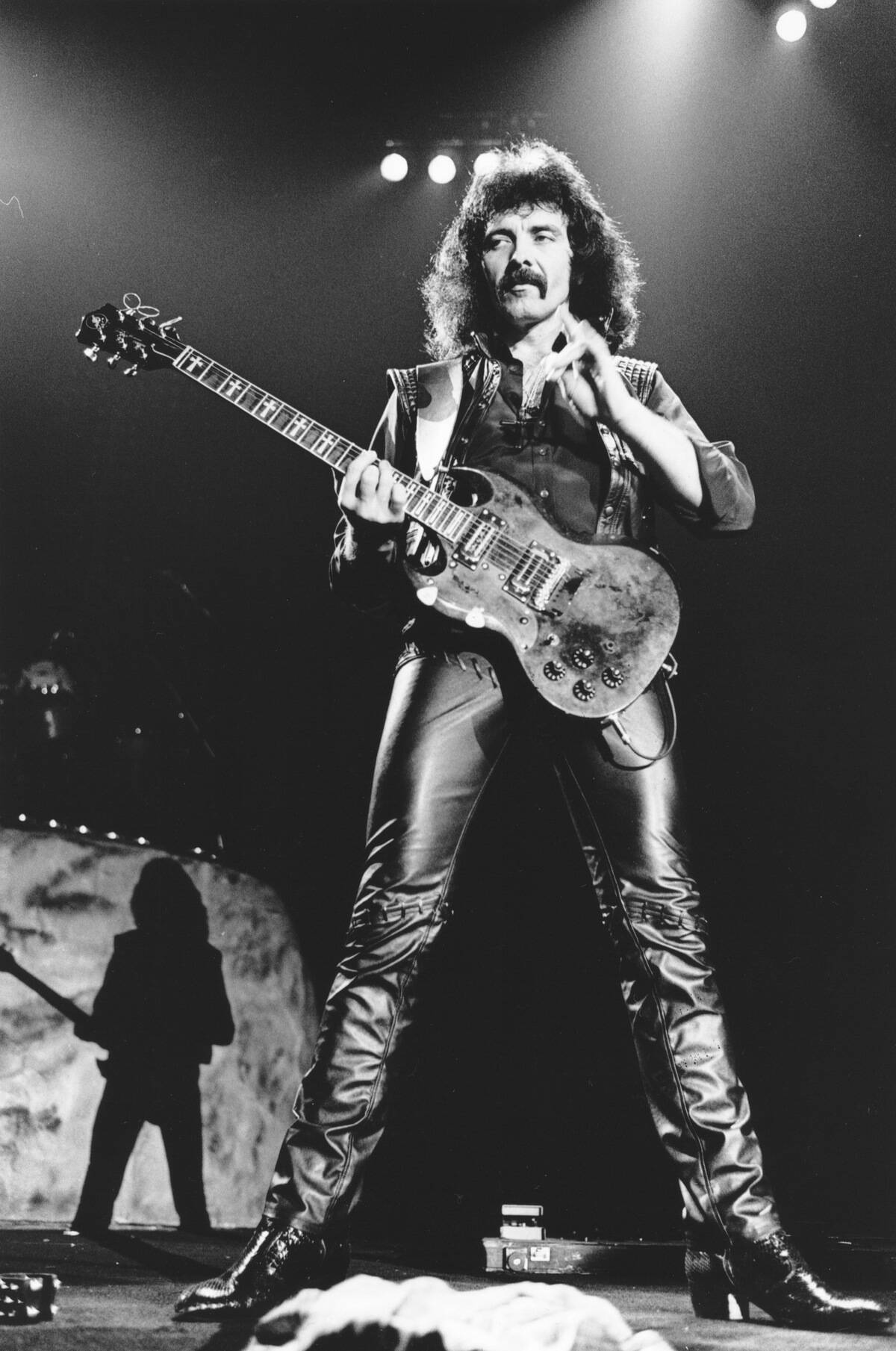
Black Sabbath’s “Paranoid,” released in 1970, is a quintessential example of the darker side of rock music. The song’s driving riff, played by Tony Iommi, is simple yet incredibly effective, capturing the angst and intensity of the lyrics.
“Paranoid” became a defining moment for the band, establishing them as pioneers of heavy metal. Its raw energy and powerful riff continue to resonate with fans, making it one of Black Sabbath’s most enduring hits.
AC/DC’s “Back in Black”: A Riff That Rocked the 80s
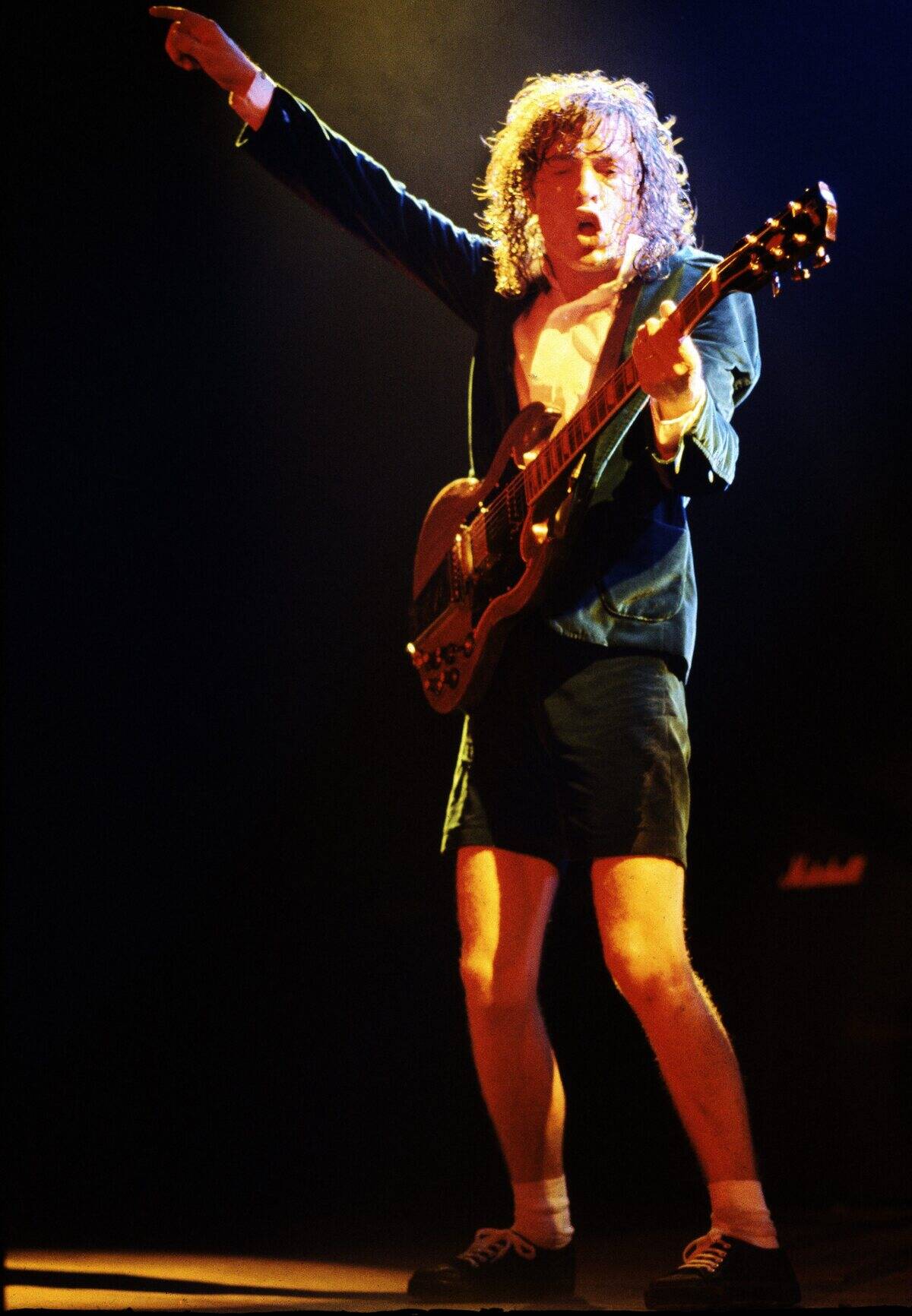
Released in 1980, AC/DC’s “Back in Black” features a riff that is synonymous with rock and roll. The song was a tribute to the band’s late lead singer, Bon Scott, and its powerful riff, created by Angus Young, encapsulates the band’s resilience.
With its driving beat and infectious hook, “Back in Black” became a flagship song for one of the best-selling albums of all time. The song’s riff is a testament to AC/DC’s ability to create timeless rock anthems that continue to captivate audiences.
Van Halen’s “Ain’t Talkin’ ‘Bout Love”: The Shredder’s Delight
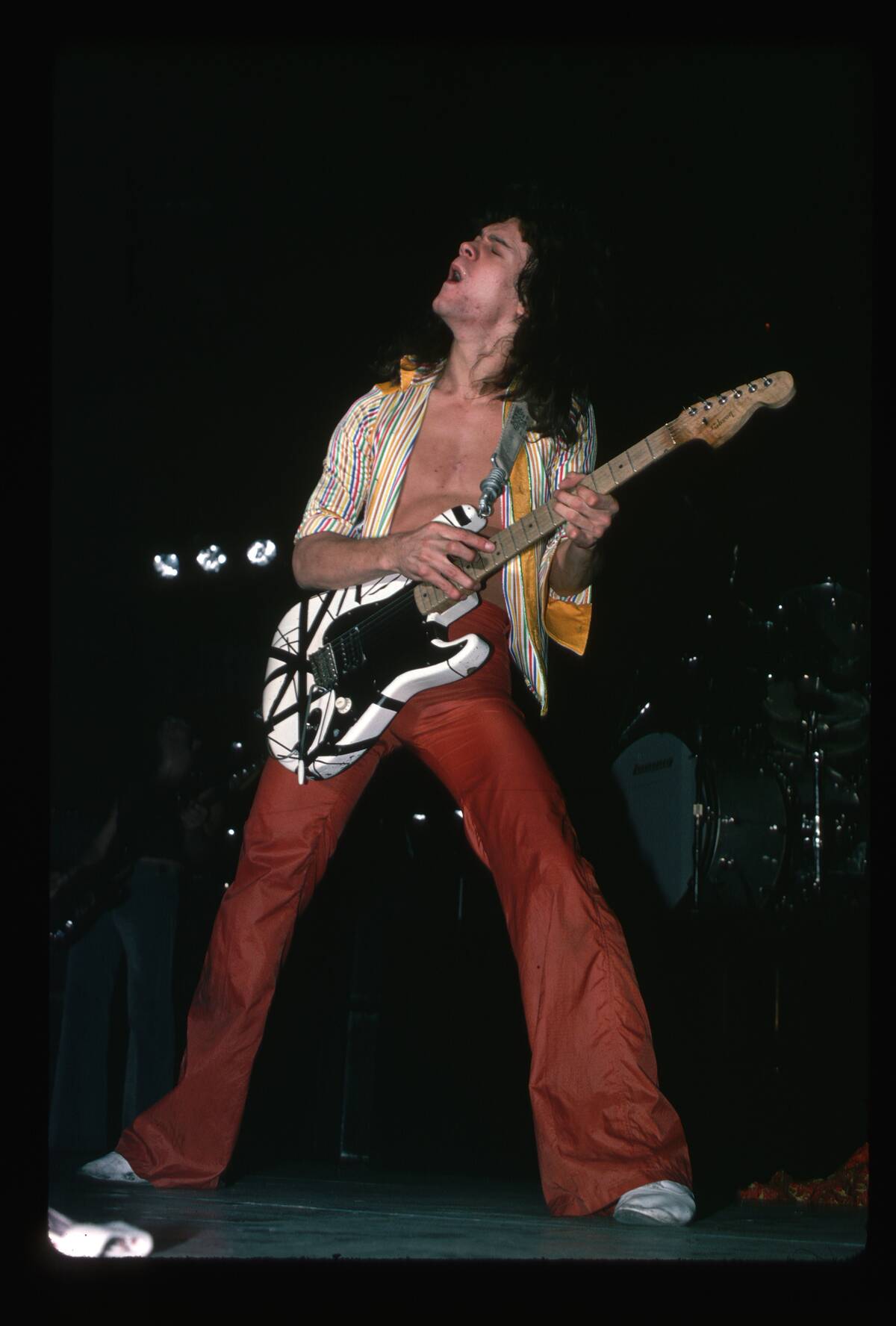
Van Halen’s “Ain’t Talkin’ ‘Bout Love,” released in 1978, is a showcase of Eddie Van Halen’s groundbreaking guitar techniques. The song’s riff combines elements of punk and hard rock, with a distinctive palm-muted chug that drives the track.
Eddie’s use of tapping and harmonics set a new standard for guitarists, inspiring a generation of shredders. The song’s infectious energy and technical brilliance solidified Van Halen’s reputation as one of the most innovative bands of their time.
Metallica’s “Enter Sandman”: Bridging Metal with the Mainstream

Metallica’s “Enter Sandman,” released in 1991, marked a turning point for the band as they bridged the gap between metal and mainstream rock. The song’s haunting riff, created by guitarist Kirk Hammett, combines heavy distortion with a catchy melody.
“Enter Sandman” became a massive commercial success, introducing Metallica to a wider audience and solidifying their place in metal history. The riff’s ominous tone and relentless drive have made it a staple in the band’s live performances.
Nirvana’s “Smells Like Teen Spirit”: Grunge Takes Over
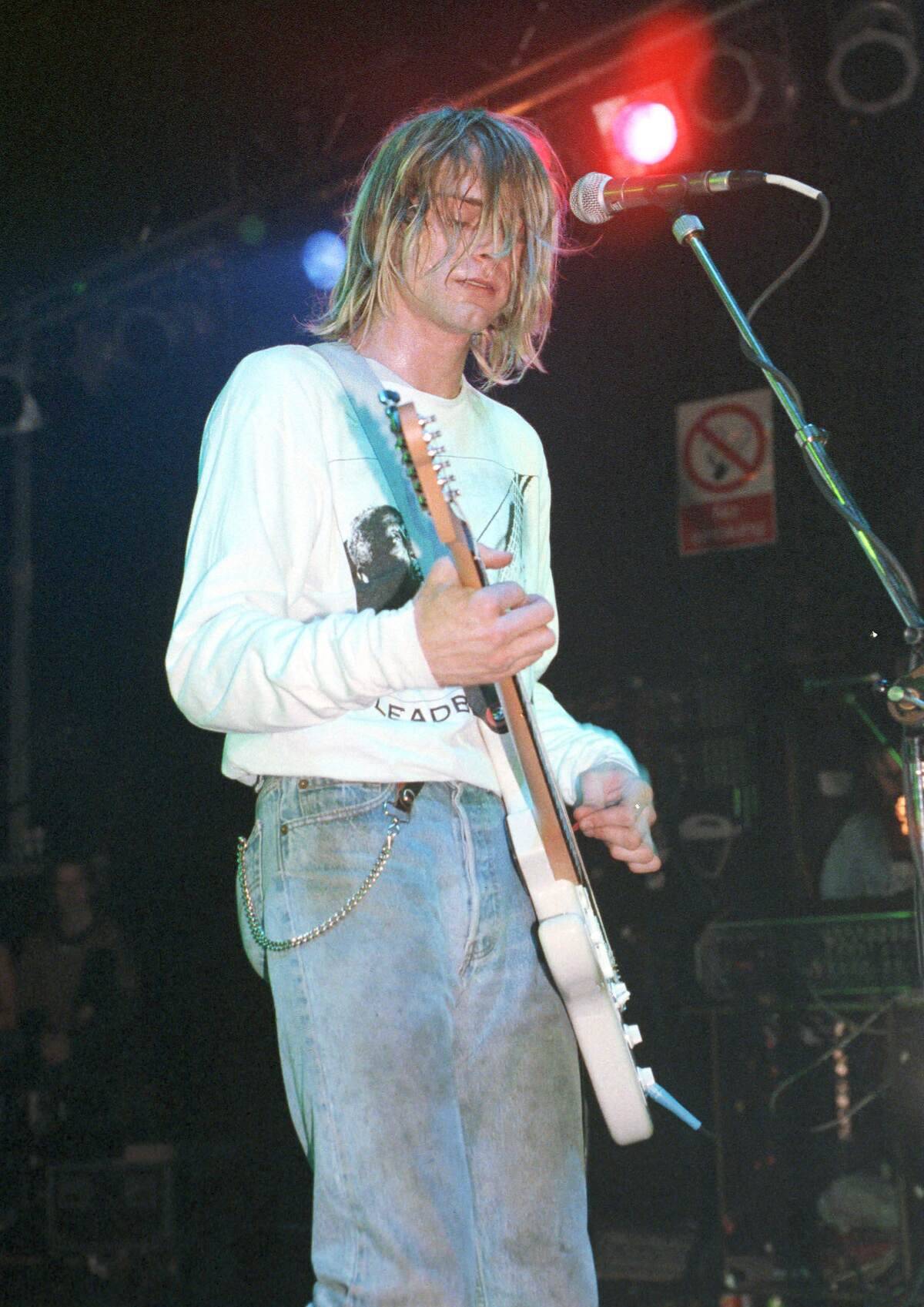
Nirvana’s “Smells Like Teen Spirit,” released in 1991, became the anthem of the grunge movement and a defining song of the 90s. The song’s iconic riff, played by Kurt Cobain, is characterized by its raw power and simplicity.
With its combination of heavy distortion and catchy hooks, “Smells Like Teen Spirit” captured the angst and disillusionment of a generation. The song’s success propelled Nirvana to superstardom, making grunge a dominant force in popular music.
Rage Against the Machine’s “Killing in the Name”: A Riff with a Message

Rage Against the Machine’s “Killing in the Name,” released in 1992, is known for its powerful riff and politically charged lyrics. Tom Morello’s innovative guitar work, combining heavy distortion and unconventional techniques, creates a sound that is both aggressive and compelling.
The song’s message of resistance and defiance resonated with listeners, becoming an anthem for social and political activism. “Killing in the Name” remains a powerful example of music’s ability to inspire change.
Oasis’ “Wonderwall”: The Britpop Sensation
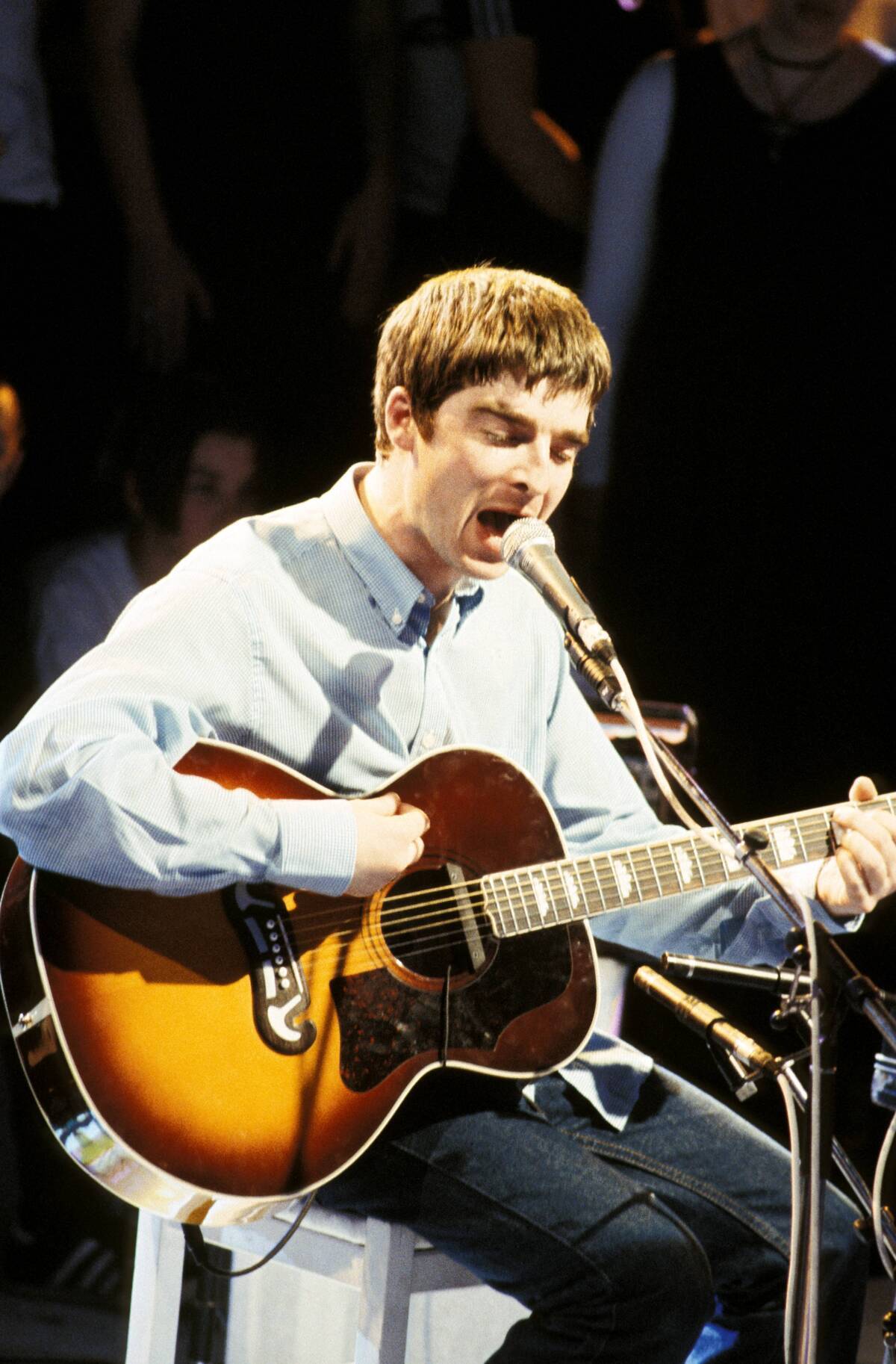
Oasis’ “Wonderwall,” released in 1995, became a hallmark of the Britpop movement and a beloved classic. The song’s acoustic riff, played by Noel Gallagher, is instantly recognizable and has become a staple of sing-along sessions worldwide.
“Wonderwall”‘s blend of catchy melodies and heartfelt lyrics captured the essence of 90s pop rock, propelling Oasis to international fame. The song’s enduring appeal has solidified its place in music history as one of the most iconic tracks of its era.
The White Stripes’ “Seven Nation Army”: A Modern Classic
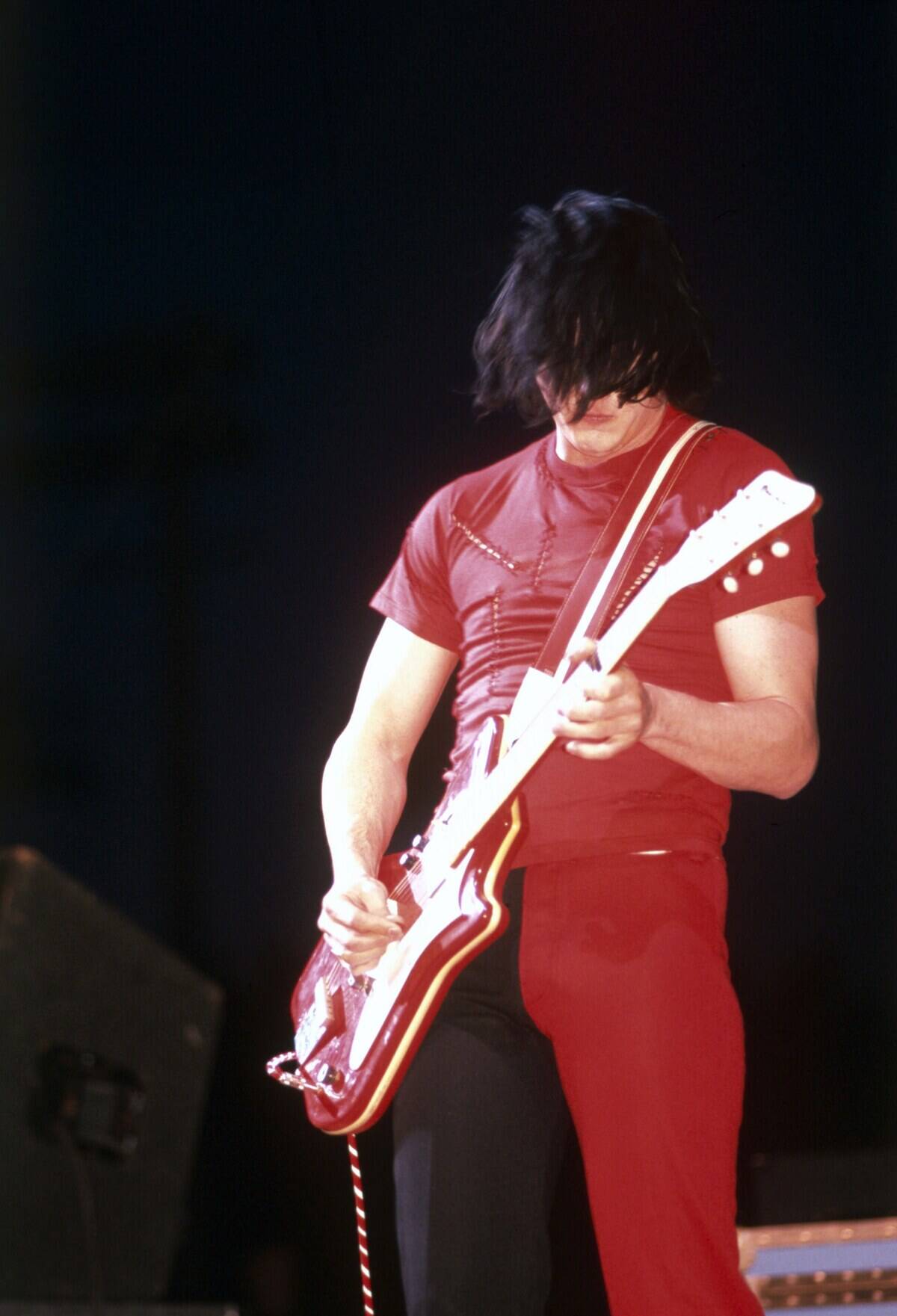
The White Stripes’ “Seven Nation Army,” released in 2003, features a riff that has become a modern classic. Jack White’s use of a semi-acoustic guitar and an octave pedal creates a bass-like sound that drives the song.
The riff’s simplicity and infectious groove have made it a favorite at sporting events and a staple of rock radio. “Seven Nation Army”‘s universal appeal and enduring popularity have cemented its place as one of the most iconic riffs of the 21st century.



